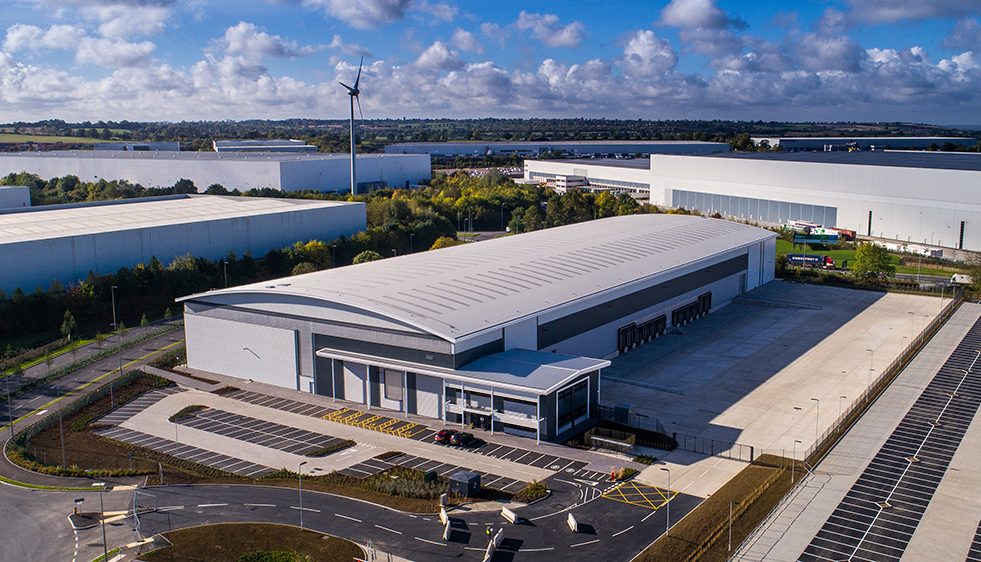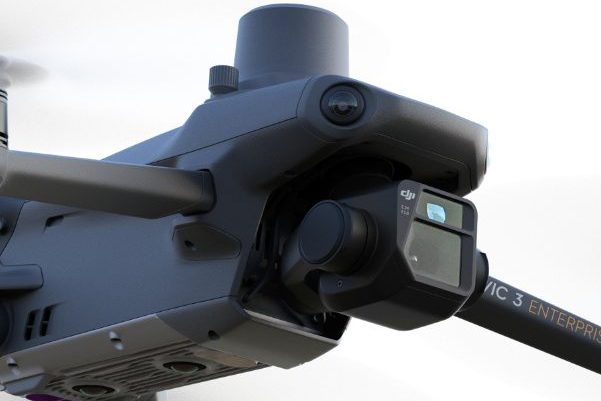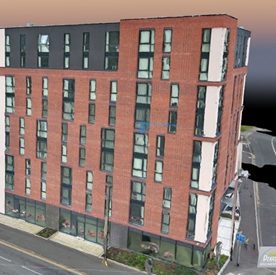The Sky’s the Limit: Benefits of Using Drones for Façade and Roof Inspections
In today’s fast-paced property management world, maintaining building safety and compliance has never been more critical — or more regulated. With the rise of new standards under the Building Safety Act, PAS 9980 fire risk assessments, and the increasing need for precise maintenance data, traditional inspection methods are being replaced by faster, safer, and more cost-effective tools. Enter drones.
Here’s why drones are quickly becoming the gold standard for façade and roof inspections.
🔍 1. Enhanced Safety – No Scaffolding Required
Traditionally, inspecting a roof or the upper stories of a building requires:
- Scaffold erection
- Rope access teams
- Time-consuming and risky manual checks
Drones eliminate the need for human access to hazardous heights. Inspections are done remotely, keeping your teams safe and reducing liability risks.
💰 2. Cost Savings
The average scaffold setup can cost thousands — not including delays, permits, and labor. Drones can:
- Complete inspections in hours instead of days
- Avoid access costs entirely
- Provide high-resolution imagery without repeat visits
Over time, this adds up to significant operational savings, especially for portfolios with multiple buildings.
🕒 3. Speed and Efficiency
A drone inspection can be completed in a fraction of the time of traditional methods. This is particularly valuable for:
- Urgent repairs
- Storm damage assessments
- Compliance deadlines (e.g., fire risk appraisals under PAS 9980)
Faster inspections mean quicker decisions and less downtime.
🖼️ 4. High-Resolution Imaging and 3D Models
Modern drones are equipped with 4K cameras and thermal sensors, enabling:
- Detailed photo and video capture of hard-to-reach areas
- Detection of cracks, leaks, rust, and loose cladding
- Thermal imaging to identify insulation failures or moisture ingress
Some services even offer 3D mapping or digital twins of your building for ongoing monitoring.
📁 5. Clear Documentation for Compliance
With building safety regulations tightening, documentation is critical. Drone inspections produce:
- Date-stamped, geo-tagged visual evidence
- Easy-to-share files for building safety case reports
- Integration with asset management and maintenance systems
This supports compliance with:
- Building Safety Act 2022
- Fire Safety Act 2021
- PAS 9980 external wall risk assessments
🌍 6. Environmentally Friendly
Because drones reduce the need for heavy access equipment and repeated site visits, they also reduce:
- Carbon emissions from transport and machinery
- Waste from temporary scaffold systems
It’s a greener, smarter approach to building maintenance.
🏢 Who Should Consider Drone Inspections?
- Housing Associations
- Facilities Managers
- Building Safety Coordinators
- Construction and Surveying Teams
Whether you manage one building or a hundred, drones can help you prioritise repairs, reduce costs, and stay compliant with today’s demanding safety standards.
✈️ Ready to Modernise Your Inspections?
Using drones isn’t just a novelty — it’s a strategic shift toward smart property management. With tighter regulations and rising costs, investing in drone inspections could be one of the smartest decisions you make this year.



Exploring the Sky
Diving into the Versatile Use Cases for Drones
In recent years, drones have rapidly transitioned from futuristic gadgets to indispensable tools across various industries. These unmanned aerial vehicles (UAVs) have transformed the way we approach tasks, offering innovative solutions to challenges in fields ranging from agriculture to filmmaking. As technology advances, the potential applications for drones continue to expand, opening up new avenues for exploration and efficiency. Let’s delve into some of the most compelling use cases for drones and how they are reshaping the world around us.
1. Aerial Photography and Videography
One of the most well-known applications of drones is in the realm of photography and videography. Drones equipped with high-resolution cameras allow filmmakers, photographers, and content creators to capture stunning aerial shots that were once only possible with expensive helicopter rentals. From sweeping landscapes to dynamic action sequences, drones offer a new perspective that adds depth and creativity to visual storytelling.
2. Agriculture and Environmental Monitoring
In agriculture, drones are revolutionizing traditional farming practices by providing farmers with valuable data for crop management. Equipped with multispectral and thermal imaging sensors, drones can monitor crop health, detect pests and diseases, and optimize irrigation strategies. By collecting real-time data on soil conditions and plant health, farmers can make informed decisions that improve crop yields and reduce resource wastage. Furthermore, drones are also used for environmental monitoring tasks such as wildlife tracking, forest conservation, and pollution detection.

